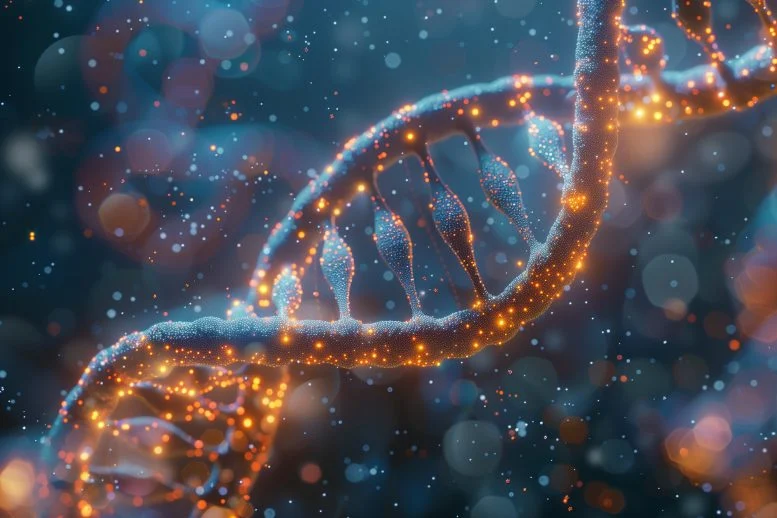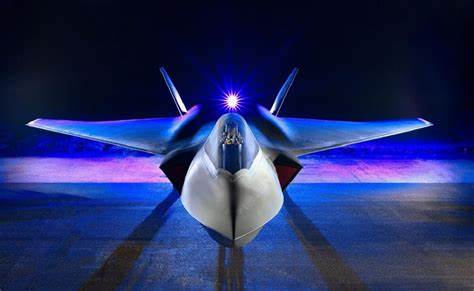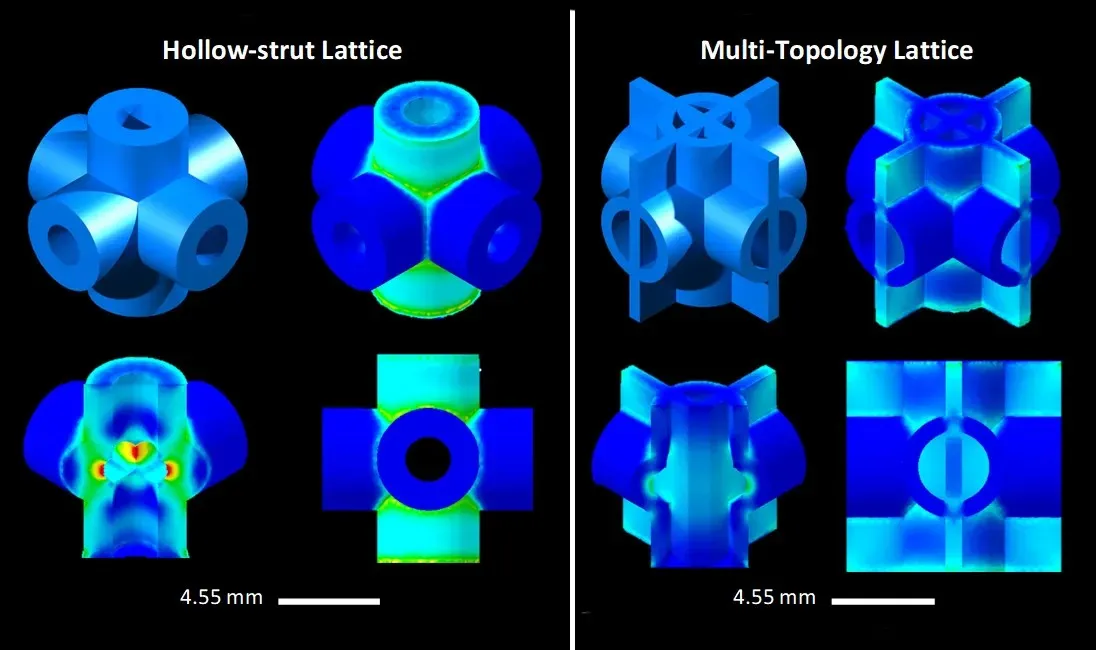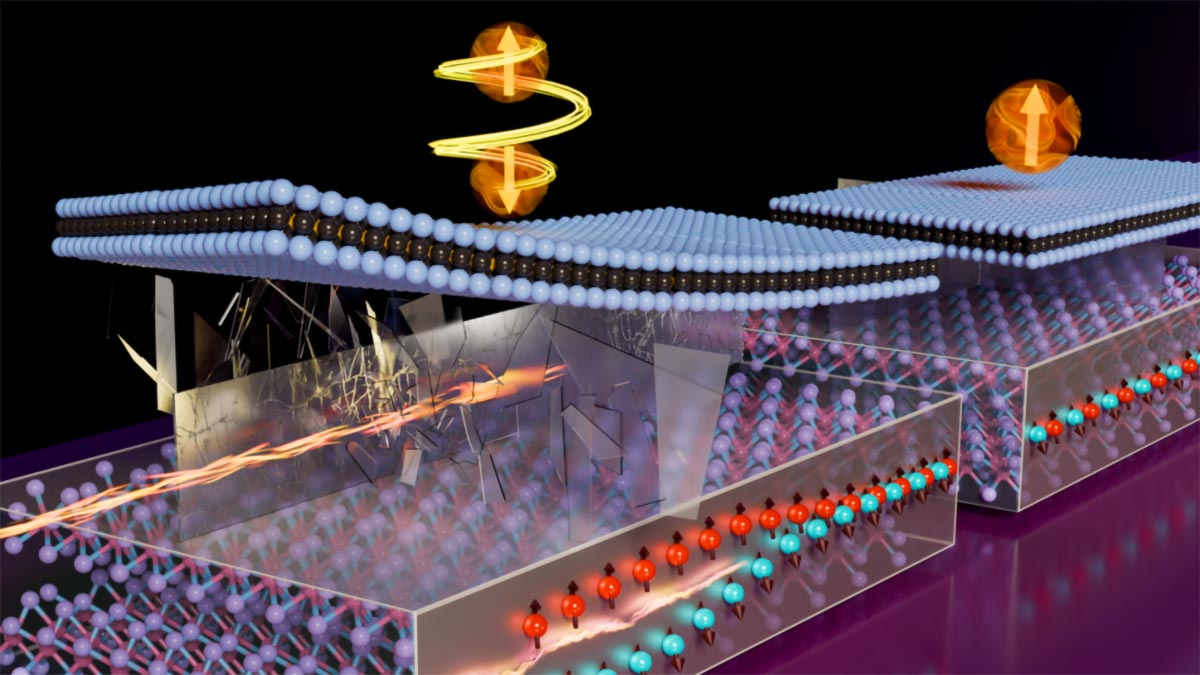"Below shows a graphical representation of the synapse. The synapse consists of colloidal spheres with nano-channels between them. Credit: Utrecht University" (ScitechDaily, Scientists Create First Brain-like Computer Using Water and Salt)
Salt and water are a mixture that is full of ions. In neurocomputers, salt and water are useful tools in artificial axons. The ions can interact like neurotransmitters. And that means the salt and water can play as a tool that makes artificial, nonorganic neurons possible.
Developers can install those artificial axons into the regular microchips. But, the neuron would be the small bottle, where the microchip controls the electrolytic conductor. It's possible to create a structure that looks like neurons. The ions and photons travel in the artificial channels. The system's nucleus would be the nano-size microprocessor. And the AI-based operating system can control the structure. This kind of system can be the next-generation computers.
"Below shows a graphical representation of the synapse. The synapse consists of colloidal spheres with nano-channels between them. Credit: Utrecht University" (ScitechDaily, Scientists Create First Brain-like Computer Using Water and Salt)
And there could be the nano-structure like bee cells. Then the ions travel between those bee cells. Those ions can transfer information between those bee cells. There are two ways to make that kind of qubit. The number of activated cells determines the state of the qubit. In the futuristic, more advanced systems. The superpositioned and entangled electrons or ions can transmit data between those axons.
The image in this text introduces the artificial axons. This axon uses the ions as the neurotransmitters. And this kind of systems are the next tools to create artificial brains. Artificial brains can make robots more intelligent and more independent than ever before. To make the system act like human brains. Researchers must copy the human brains into the computer structure.
"Microscopic picture of the artificial synapse. Credit: Utrecht University" (ScitechDaily, Scientists Create First Brain-like Computer Using Water and Salt)
Neurocomputers are the tools that are as much revolutionary as quantum computers. The neurocomputer can act as a quantum computer. It can begin its operations at multiple points at the same time. That thing makes human brains so powerful. The miniature technology. Along with the AI-controlled systems makes it possible to create small-size, ion-based technology.
https://scitechdaily.com/scientists-create-first-brain-like-computer-using-water-and-salt/































.jpg)










